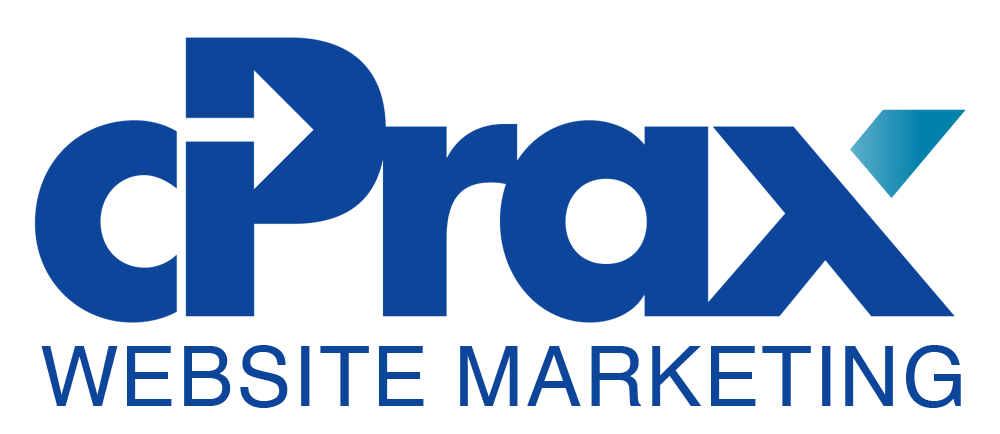10 Small Business SEO Tips
Competing in the small business landscape these days is challenging enough, but to do it with an un-optimized website is like choosing to come to the fight unarmed.
Fortunately for us, there are clear guidelines that will help you rank your pages better, and most of them are able to be accomplished without being the head geek at Google.
Let’s look at 10 small business SEO tips that can help you rank your pages and sites better.
10 Small business SEO tips
Create substantial content – Making sure that you give your readers meaty, compelling content that they can use is job #1. Google favors longer text, so aim for at least 750-1250 words per page.
Make your URLs simple and telling – Make your page URLs an indicator of what is on your page by simply looking at them, Making use of your primary keyword here if possible.
Know your keywords – Make each page focus upon one primary keyword, and having said that, don’t overdo the use of that phrase. Aim for a 1-3% keyword density on the page.
Create your Google My Business listing – Google’s latest local business incarnation is a suite of all things local business: Google+, Maps and more. It’s essential you have an optimized Google My Business presence if you plan to do well in local rankings.
Optimize for mobile – Never more important than now, as Google announced that beginning April 21st, 2015, they will penalize non-mobile friendly sites on all mobile search results, which is about 50% of total web traffic today. Don’t be left out!
Optimize visual content – Another search rank signal important to Google is that your visual content, especially images are optimized for search. This involves image size, ALT tags and a few other items.
Have consistent NAP data – Make sure you are using consistent NAP data, (name, address, phones) across all your web platforms.
Generate user reviews – Encourage your customers and users to leave a positive review for you, especially on Google+, as this will have a large effect on where you rank.
Meta data – Make sure that each web page has optimized Meta data, in particular title tags, description, along with only 1 H1 tag per page.
Use Google Analytics – Or something similar to make sure you know what is going on with your site. Analytics, along with Google Webmaster Tools is a great start!

